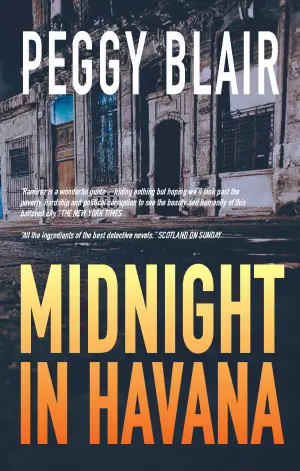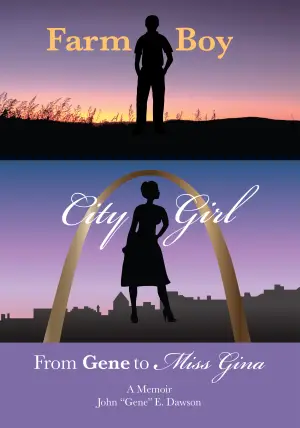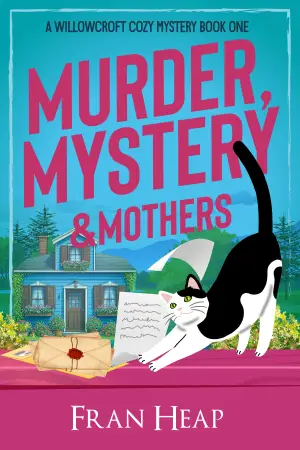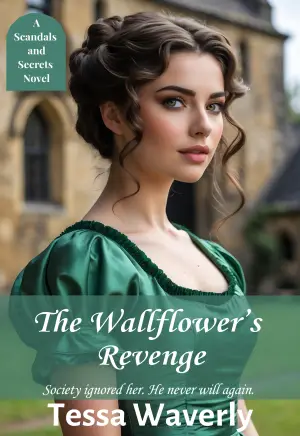Dive into Mythical Mayhem: A Review of Combat Monsters: Untold Tales of World War II
When I first stumbled upon Combat Monsters: Untold Tales of World War II edited by Henry Herz, I couldn’t help but feel an electrifying anticipation. World War II has a grip on our history, and the idea of blending it with creatures from myth and legend felt refreshingly imaginative. I was eager to explore how dragons, mermaids, and other fantastical beings would interact with real historical events. As I turned the pages, I found myself enthralled—not just by the stories but by the creative genius behind them.
This anthology presents a vibrant tapestry of narratives, each set against the backdrop of significant moments during the war. The stories invite readers to engage their imaginations, providing unique perspectives on a conflict that, while deeply rooted in reality, allows for the fantastical to enrich its harsh truths. Take, for example, Eugen Bacon’s "Kinje’kitile and the Jintu." Here, we meet Bazi, a black sergeant feeling the weight of distrust among his peers as African troops wielded bayonets instead of rifles. This narrative stands out due to its poignant exploration of cultural conflict and the lengths to which one might go for survival—complete with a witch doctor’s peculiar remedy that both astonished and amused me.
Each story is well-crafted, with many authors infusing their narratives with local lore and humor. Jeff Edwards’ "The Fourth Man" provides an engaging spin on the legendary naval clash between the Bismarck and HMS Hood, enriched by comedic nods to Teutonic nautical mythology. Peter Clines’ "The Night Crew," on the other hand, weaves history with supernatural thrill, leading to an unexpected twist that pays homage to classic horror. It’s a delightful mix of history and fiction; a testament to the writers’ prowess.
Herz expertly curates these diverse voices, ensuring a variety of styles and tones that keep the reading experience fresh. From the gripping depiction of the Night Witches in O’Connell’s "Nachthexen" to the clever, twist-laden narratives like "The Scenic Route" by Jeremy Robinson, the pacing is sharp and engaging throughout. These stories don’t dwell solely on grand battles; they delve into the human condition, illustrating how ordinary people become extraordinary in tumultuous times.
Heartfelt moments exist alongside delightful absurdities; in one, Tanya Huff’s "Apeldoorn," we meet a vampire soldier using his unique abilities to combat Nazis—an intriguing blend of myth and military strategy that left me chuckling. Each story resonates, capturing the calamity of war while giving vocal expression to the unheard.
At its core, Combat Monsters not only entertains but also serves as a bridge connecting younger generations to the historical significance of World War II, as well as rekindling the fascination many of us older folks have with the myths that shaped civilizations.
In conclusion, if you’re a fan of speculative fiction, history mingled with fantasy, or simply enjoy a well-told story, Combat Monsters is a treasure trove waiting for you. It offers something for everyone—be it action, laughter, or thought-provoking reflection. This anthology reminded me that the stories we tell can shape our understanding of even the darkest chapters of history, and it left me eager to recommend it to fellow readers ready to embark on this imaginative journey.
So grab a copy and prepare to be whisked away on a wildly entertaining ride through a world where myth and history collide—because war might be hell, but these tales are pure, exhilarating magic.
Discover more about Combat Monsters: Untold Tales of World War II on GoodReads >>











